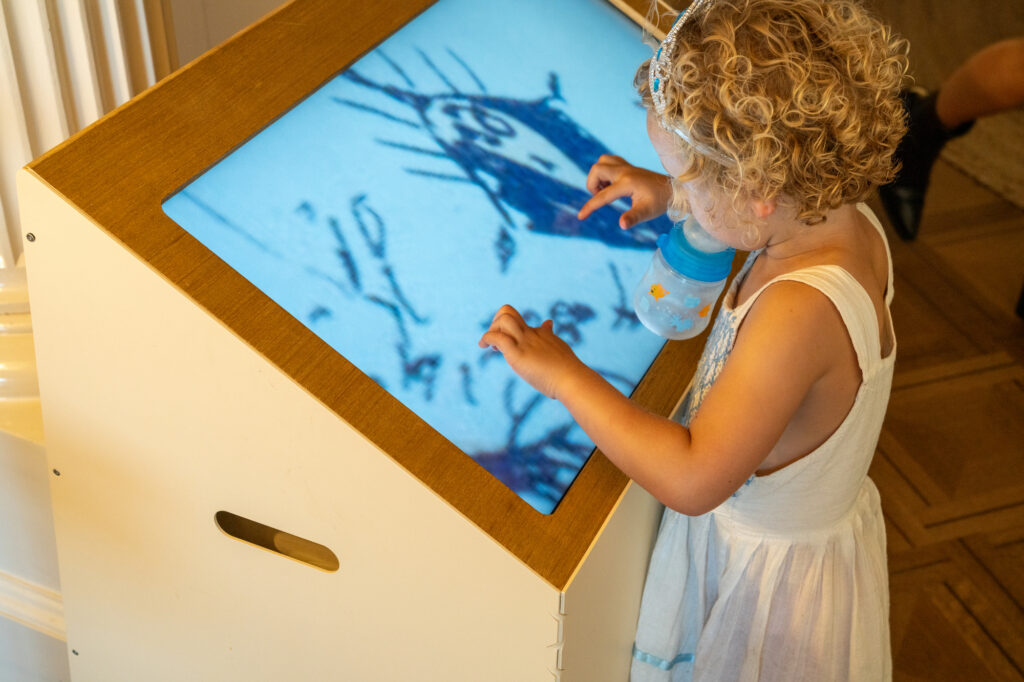Challenges and opportunities for museums and schools in the digital era

In many ways, museums and schools in the West have followed a similar evolution since the 19th century. Just as museums have evolved from sanctuaries centred around the conservation of precious objects to centres for education and leisure, the expectations for school education are shifting towards a more holistic pedagogy focusing on the famous “21st-century skills”. Museums and schools are increasingly expected to be more adaptive to individuals, relevant to their social context, inclusive and sustainable.
Pedagogical and museum practices have had to consider the rapidly changing pace of technology, with varying degrees of ease. Digital technology has become the new frontier for education and the cultural sector, shaking up long-established “one-size-fits-all” ways of educating children and visitors.
Indeed, both institutions have relied, and in many cases still rely on a standardised model of education, which often fails to account for the diversity, interests, and uniqueness of learners. Schools are often constrained by curriculum standards and assessment requirements, which may limit their ability to offer flexible and personalised learning paths for their students. While museums may have more freedom in designing learning experiences, they have also long been constrained by a classical approach to experiencing art.
Indeed, the reluctance of many museum professionals to describe digital immersive experiences as artistic experiences in the true sense of the word highlights the unwillingness of the sector to think of art in terms other than the tangible presence of a rare object or installation, with the public expected to gravitate towards it and admire it – preferably from afar, behind the velvet rope!
Technology and learning sciences have a lot of potential to be leveraged to create more effective, engaging, and meaningful learning opportunities for learners. Museums have done a fantastic job of making their treasures available to the general public on the internet, with the Covid pandemic acting as a catalyst. But this implies a great deal of additional work which requires not only trained professionals but also budgets that are often substantial.
For a museum, especially small institutions that make up most of the world’s museum community, there is therefore considerable risk-taking in developing its online presence: it’s not their core business and they don’t always know their audience well enough to know precisely what is expected of them, not to mention budgets that are already too limited to ensure the essential conservation and display of the art on-site, let alone online.
Developing innovative, stimulating and educational online activities is therefore not obvious for most museums, and this is where philanthropic players have a significant role.
Financial support seems to be the obvious dimension to help museums to develop and maintain their digital platforms and tools. Still, it is not the only way for donors to help. Providing technological and strategic advice to museums to increase their online reach and engagement, such as identifying target audiences, acquiring specific skills that make for a great online experience, exploring new tools such as AI …are other relevant ways to help museums explore new ways of spreading knowledge engagingly.
In recent years, philanthropy has also acknowledged the importance of creating partnerships with other organisations to think bigger and reach goals on a larger scale. Similarly, online museums not constrained by physical limitations or collection locations could benefit from the systemic thinking developed by philanthropists.
However, donors bringing their much-valued expertise must also remember to respect the cultural sector’s specificities. It remains difficult to establish the impact of artistic activities on its audiences if one tries to apply the same tools used for other philanthropic projects, and donors need to be aware of this. ICOM’s official definition of museums includes the importance of providing the public with a range of “experiences for education, enjoyment, reflection and knowledge sharing.” While they might seem subjective, pleasure, entertainment, and an emotional appeal in learning are not something to be underestimated when assessing the relevance of an artistic or cultural project. Working daily to bring beauty and education to awestruck visitors is a privilege of which cultural institutions are highly proud.
In 2022, when the Johann Jacobs Museum was reinvented, we aimed to put the history and future of learning and education at its heart. The newly developed Digital Museum of Learning embarks on an exciting journey to build an online infrastructure that brings together art and education science to share global perspectives on the topic. With a growing coalition of museums (which everyone is welcome to join!), and supported by the Jacobs Foundation, we are exploring new ways of being an online museum. Everything we do is accessible for free and we aim to be at the service of our partner museums and our prime audience, children educators worldwide.
Not everything can always be fun in education, whether at school or in museums. Still, the pleasure of intellectual discovery and the wonderment that comes with it are essential to the well-being of children and adults alike, as members of a healthy society. And isn’t that what philanthropy is all about?
Authors

